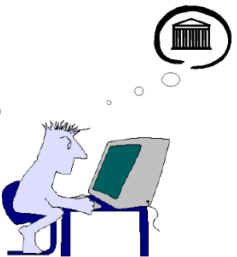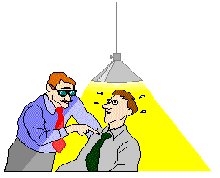|
The
Technical Models of Representation
Presently,
we identify four basic technical models of representation that are used
by legal advocates. These systems are persuasion, influence, legalistic
reasoning and conflictineering. There are many nuances to these
categories, but a simplistic explanation of the first three systems is
as follows.
|
Persuasion
-- the power of a person's personality, expressions and presence
to win over and advance his or her position. |

|
|
Influence
-- the capacity or power of a person to produce effects on others
by intangible or indirect means, best illustrated by example with the
term "political influence." |

|
|
Legalistic
Reasoning -- reliance on law. |

|
Each systems
is most frequently used with another system. Once the representation
ends it is difficult to determine which system was responsible for
results.
|
Advocates
who are super-achievers use the fourth basic system for individuals who
are normally foreclosed from effective use of the other three systems.
This system is Conflictineering. |

|
There is a
separate section of this paper devoted to conflictineering because this
is the newest and least understood of identifiable categories of skills.
Most skilled advocates have not explored this skill. Let us hope,
more advocates will identify this aspect of their adversarial skills and
begin writing about characteristics of this skill that they can identify
and transfer to other persons.
|



